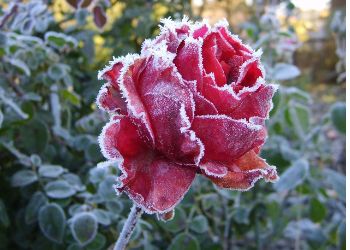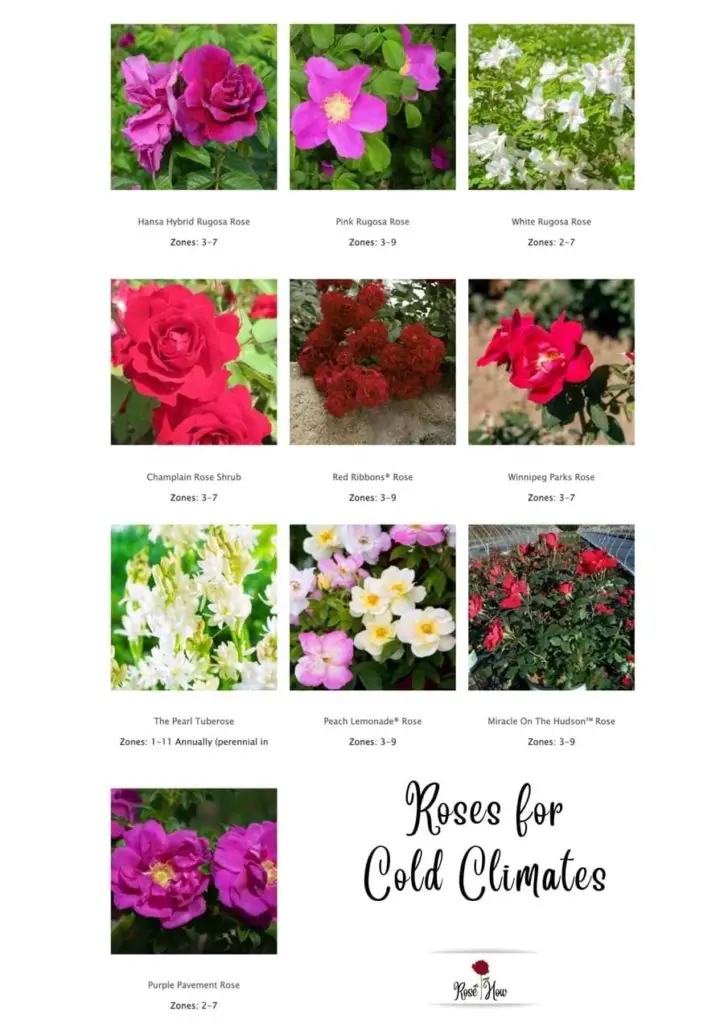Many gardeners live in cold climates, but that’s no reason to get frustrated at the seemingly limited plants and flowers you can grow. So they still want to know about growing roses in cold climates.
That’s what I’m going through in this article so I hope it helps. Here’s a quick takeaway answer…
The best type of roses to grow in colder climates are generally hardy shrub roses. Or opt for sub-zero roses, like the ‘Prairie Sunrise’, ‘Dr. John Dickman’, or the ‘Carefree Delight’. They are designed to withstand colder temperatures in Zones 1, 2, and 3, sometimes even below zero!
These are some of the most cold-tolerant roses available, and will typically survive temperatures down to -30°F (-1°C).
If you’re looking for something a little “hardier”, then try the White Rugosa Rose (for zone 2) or The Pearl Tuberose (for zone 1). These are even more cold-tolerant and can survive temperatures as low as -40°F (-4°C). But here we’re focusing on cold – zone 3 and upward – not sub-zero. Sub-zero roses I’ll leave for another article.
But they don’t have to be sub-zero roses. There are many more varieties that can be grown in less-freezing environments. And there’s a lot more to growing roses in cold climates than just getting the right type.
So if you’re looking for more information on growing roses in cold climates, read on!
What is considered a cold climate for roses?
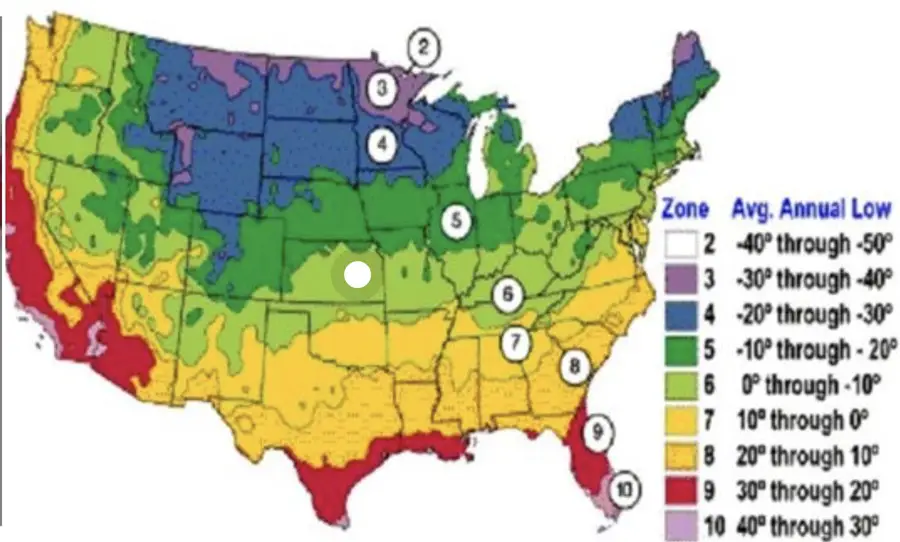
There is the USDA zones chart in the US that you can refer to. But in general, climates that have long, cold winters with little to no snow cover are considered cold climates for roses.
This can include areas like the upper Midwest, New England, and parts of the Rocky Mountains.
In terms of temperature, most standard/temperate rose varieties will struggle to survive at a temperature of 24.8°F (-4°C).
What types of roses are best for cold climates?
Some of the best types of roses for cold climates include Canada rose, the Explorer rose, and the Parkland rose.
These roses are known for their hardiness and ability to survive in colder climates. I’ll list some more types a bit later for you to try.
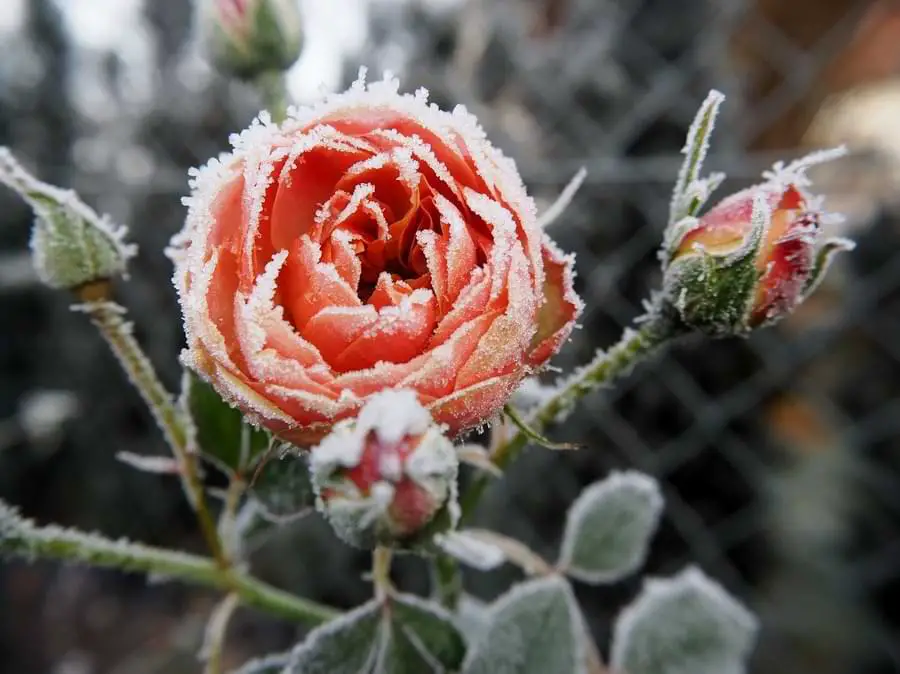
How to choose roses for cold climates
There are just a few simple guidelines you need to follow…
Firstly, identify the plants that are hardy in your area. Research the various types of roses and find the ones that are most likely to survive the winter temperatures in your area.
Next, consider the amount of sun and shade each rose variety needs.
Some roses need full sun while others do better in partial shade. For the most part, roses need around 6 hours of full sunlight per day.
Make sure to choose roses that will be able to tolerate the conditions in your garden.
Finally, think about the color and fragrance of the roses you’d like to grow.
There are many different rose varieties available, so take some time to choose the ones that you think would be best for your garden.
Now that you know how to choose roses for cold climates, it’s time to find the perfect cold-hardy roses for your garden!
Here are 10 of the best roses for cold climates:
- Hansa Hybrid Rugosa Rose – Zones 3 – 7
- Pink Rugosa Rose – Zones 3 – 9
- White Rugosa Rose – Zones 2- 7
- Champlain Rose Shrub – Zones 3 – 7
- Red Ribbons® Rose – Zones 3 -9
- Winnipeg Parks Rose – Zones 3 -7
- The Pearl Tuberose – Zones: 1-11 – Annually (perennial in 7-11)
- Peach Lemonade® Rose – Zones: 3-9
- Miracle On The Hudson™ Rose – Zones: 3-9
- Purple Pavement Rose – Zones: 2-7
These are just a few of the many cold-hardy roses that you can choose from.
No matter which ones you decide to grow, then I would say if they can get through the first couple of winters, then you’re sure to enjoy their beauty for many years to come!
Here are more helpful tips and information for growing roses in cold climates.
How to prepare your rose garden for winter
Before winter arrives, there are a few things you should do to prepare your rose garden.
- First, cut back all of the dead or dying leaves and stems from your roses. This will help prevent diseases from spreading.
- Next, add a layer of mulch to insulate the roots of your roses.
- Finally, make sure to water your roses well before the first frost hits.
By following these three simple tips, you can ensure that your rose garden will be healthy and be able to withstand the cold winter months.
Here’s how to protect your roses from the cold…
How can I protect my roses from the cold
Often, when growing roses in cold climates, it’s not just the cold, but the wind-chill factor that can really make a difference.
You can protect them in advance by making sure you put them in a sheltered spot …not out of the sun, but away from any harsh sweeping winds. I’ve even known gardeners to wrap the entire rose plant up to protect it from harsh winds and excess ice.
If you live in an area that gets a lot of snow, you can also create some localized protection around each bush, using straw bales or even just packing snow around the base if there is any.
This will help to insulate the roots and prevent them from being damaged by the cold.
Another way to protect your roses is to stop all watering routines before the first frost hits.
This will help them to withstand the cold better, as wet soil freezes deeper than dry soil. This deeper freeze is more likely to damage roots.
You can also apply a layer of mulch around the base of each bush which will provide some further insulation from the cold.
And finally, make sure you give your roses a good pruning in late winter or early spring.
This will help encourage new growth and prevent them from being damaged by the cold weather.
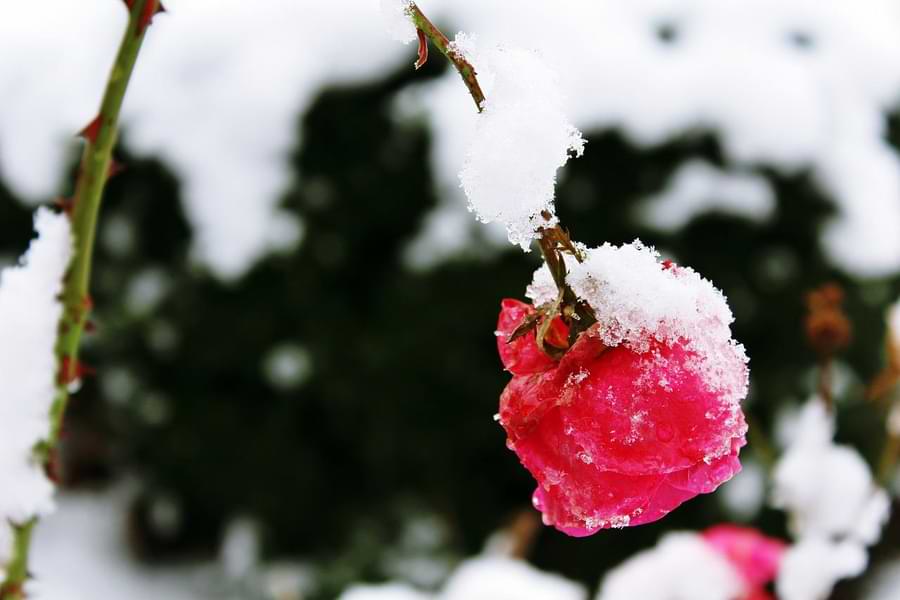
What is the lowest temperature roses can survive?
The lowest temperature that most roses can withstand is around 24.8°F (-4°C).
However, this is only for short periods of time and if the rose is well established. If the temperature drops below -4°C for extended periods of time, then the rose will quite possibly die.
So make sure you choose a hardy rose designed to withstand the lower temperatures.
If you live in a particularly cold climate, then you may want to consider growing your roses in a greenhouse.
This will provide them with the ideal conditions to thrive, while also protecting them from the elements – and at least you still get to grow and enjoy roses!
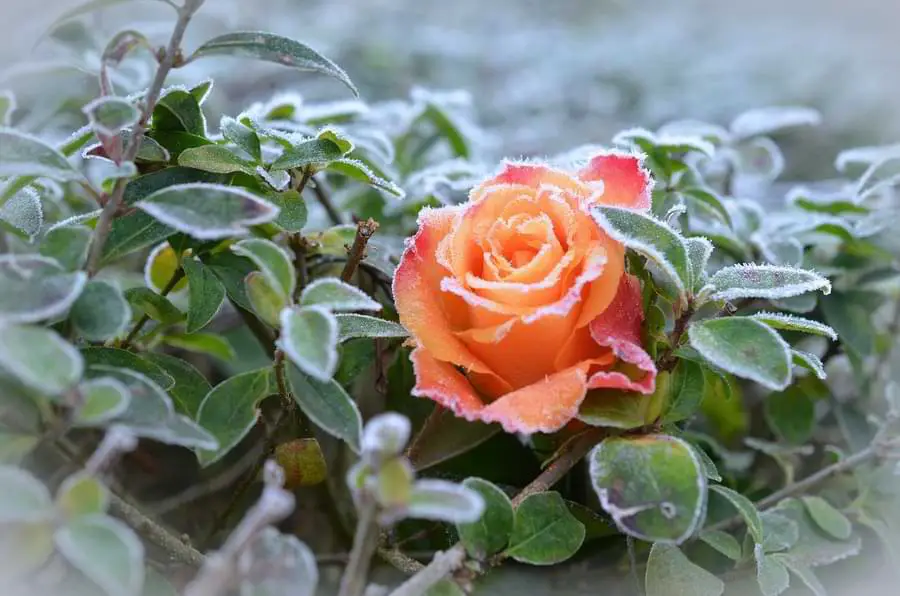
Is snow good for roses?
Snow can actually be beneficial to roses because it acts as an insulation layer. It can protect the roses from the cold wind and prevent them from drying out.
Just make sure that you don’t have too much snow on the ground, as this can damage the roots of the plants.
Can roses remain in pots over winter?
If you’re keeping your roses in pots over winter, then you may also want to consider moving the pots indoors or into a garage over winter, to protect them from the harshest cold freeze.
Otherwise, you can insulate the pots by wrapping them in bubble wrap or straw.
Should I prune roses in winter?
The truth is you can actually prune roses all year round.
But if you’re looking for a specific time, then I’d say prune your roses in late winter or early spring. This will help the plant to grow back stronger and produce more flowers the following growing season.
Growing roses in cold climates ~ More roses help
I hope this has been useful in understanding more about growing roses in cold climates. With a bit of preparation, and a few simple precautions we can all enjoy roses in just about any place!
Check out my tools and resources page. And you might also be interested in my other related articles…
Floribunda vs Grandiflora, Main Differences and Best Uses

Hi, I’m Michael. My passion for roses was sparked a few years ago after visiting a dedicated community rose garden. So Rosehow.com represents my take, my learnings, and my help for anyone looking to grow, be proud of, and harvest roses.

